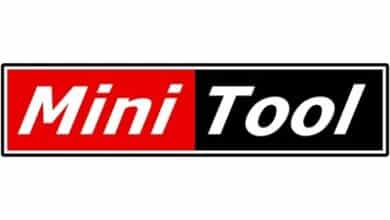It’s impossibly been almost 10 years since the original Oculus Rift hit Kickstarter. A decade of development later, VR headsets have gotten better and better. But at this point, we can safely say that VR’s adoption will be gradual. If the future is humans with headsets (be they VR, AR, or a hybrid of both) strapped to their faces, it’ll be the result of a thousand tiny steps. Incrementally better/lighter/faster headsets. Maybe folks get used to using headsets for training purposes at work.
VR and AR at CES 2022
We could see this gradual advancement at this year’s CES. There was plenty of news on VR and AR which showed another step towards progression.
Recap : VR and AR bits from the show
Sony’s headset for PS5
We’ve known for a while now that Sony has been working on a next-gen headset for the PlayStation 5. It is a follow-up on the PS VR headset is released in 2016. But beyond a kind of light “We’re working on it!” announcement back in early 2021 and some details about the controllers a few months later, they hadn’t shared many specifics.
They’re still keeping some cards close, but they shared a few more details on what’s now officially known as the PS VR2. Such as:
It’ll have a resolution of 2000×2040 per eye.
It will have a wider field of view than the first-gen headset, at 110 degrees versus 96.
It’ll have a refresh rate of 90/120 Hz.
It will be able to track the motion of your eyes, potentially allowing you to do stuff like highlight interface elements just by looking at them.
It’ll support foveated rendering, which is a fancy way of saying it can use processing power more efficiently by prioritizing the rendering of whatever’s in the center of your vision.
They’re building new controllers for it (pictured below) with finger detection and the PS5’s mind-bending adaptive triggers.
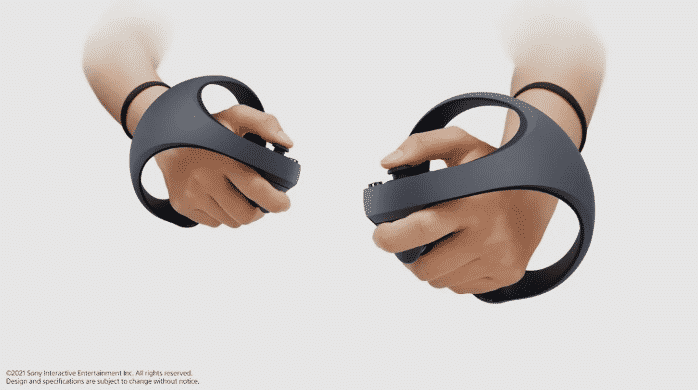
HTC Vive wrist tracker
Most of the popular headsets have settled on some sort of controller in each hand. Many companies have explored hand tracking too. The idea is to make your hand the controller.
But HTC’s approach here is a bit different. Instead of relying entirely on cameras, they’re hoping you’ll strap sensor-packed bands to each wrist to help the system track what the cameras can’t see — like when one hand is obscuring the other, or you’ve got your arm back behind you for a golf swing. The company also demonstrated the sensors working while attached to other objects, like ping pong paddles and a NERF gun.
The company says the sensors should start shipping later this year for $129. One catch? For now, at least, it’ll only work with HTC’s Vive Focus 3 headset.
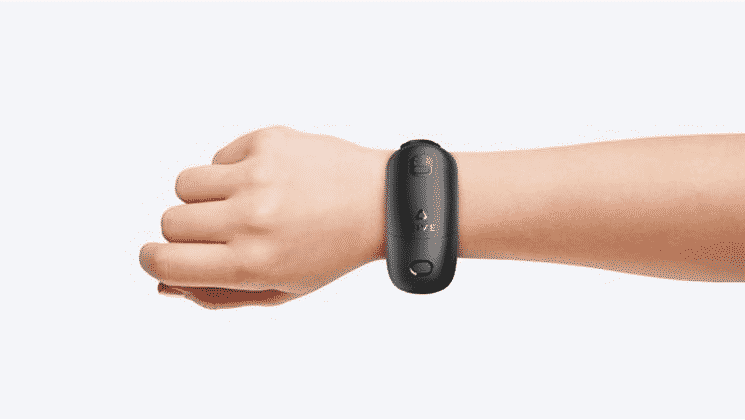
Shiftall MeganeX
VR headsets have gotten a whole lot sleeker over the years, but they’re still pretty beefy. How much smaller can they really get, though?
Panasonic subsidiary Shiftall has been working on an “ultra-lightweight, ultra-high-resolution” headset called the Meganex. With speakers built into the frames and a 1.3″ (2560×2560) display for each eye, they end up looking more like a massive pair of steampunk sunglasses than a headset. While designed to be lightweight and foldable, don’t expect to move around too much in these ones — you’ll need to attach them to the computer via USB-C to do the heavy graphical lifting.
Shiftall says these should ship this year for “less than $900.”
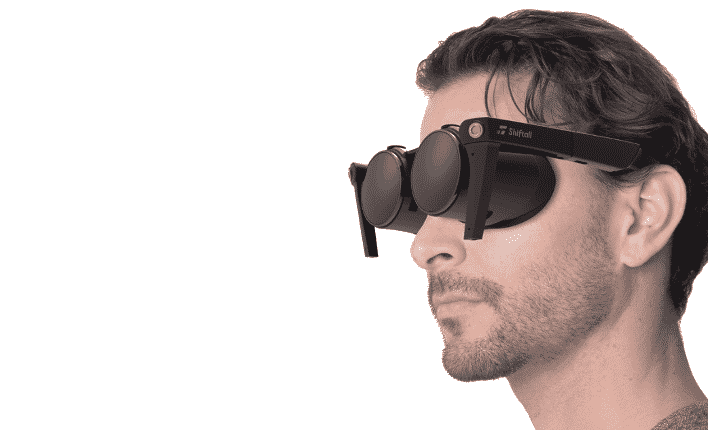
Microsoft partners with Qualcomm for AR chips
Microsoft already uses Qualcomm chips for their HoloLens headsets, but the companies made things a bit more official this week. At Qualcomm’s keynote, it was announced that the two will work together to develop chips built specifically for use in AR headsets, with said chips supporting each of their augmented reality development platforms (Microsoft Mesh and Snapdragon Spaces.)
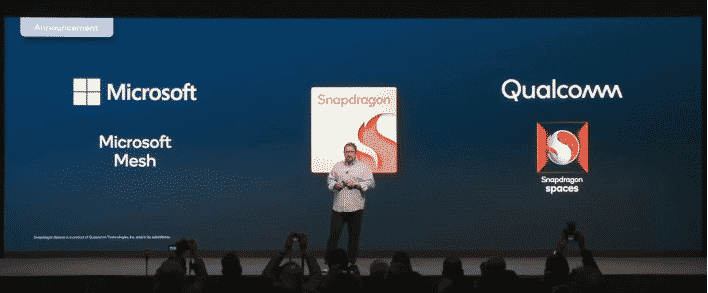
Nvidia Omniverse
Nvidia this week opened up Omniverse, its collection of tools for helping 3D content creators work together in real-time.
Omniverse is Nvidia’s platform for allowing creators, designers, and engineers to collaboratively build virtual worlds. It’s the company’s platform that brings together design tools and assets from first- and third-party applications into a single hardware and software ecosystem. Until now, Omniverse and the various Nvidia tools that support it were in beta, but at CES today, the company took off the beta label and made Omniverse generally available to creators.
TCL’s AR Glasses in VR and AR
This one seems mostly like a concept for now, so … well, don’t fall in love just yet. But TV/phone/air conditioner maker TCL is dabbling in the AR glasses space, pitching something akin to Google Glass in a package that looks much more like a standard pair of specs. “Holographic optical waveguide technology” pushes visuals onto the lens and into your field of view, and their concept video above promises touch-based controls built into the frames.

